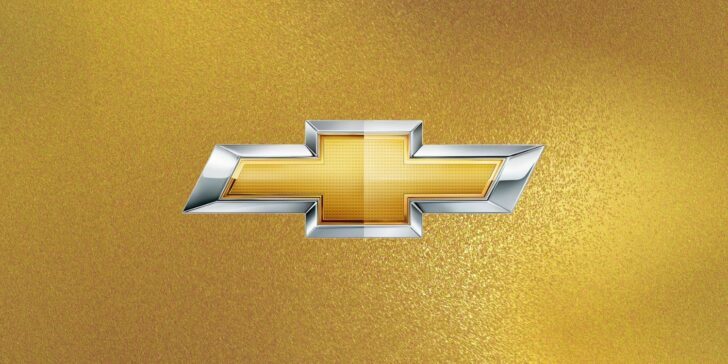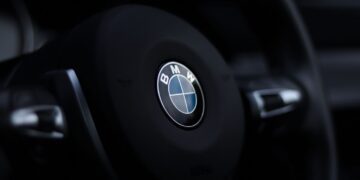There’s no denying that Chevrolet is a successful car company. After all, they’ve consistently sold millions of cars every year in the USA alone.
The car company’s history will show you how choosing practicality over passion made Chevrolet what it is today.
Here’s a brief history of Chevrolet that you should know.
Chevrolet was founded in 1911.
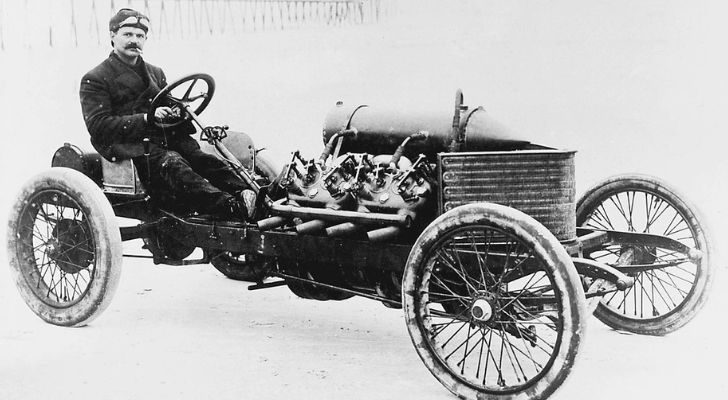
On November 3, 1911, Louis Chevrolet and William C. Durant founded Chevrolet in Detroit, Michigan, United States.
Louis Chevrolet was a race car driver from Switzerland whose surname, as you can see, became the brand name of the car company. William C. Durant was the leading man behind the founding of General Motors.
The story began when Chevrolet’s racing skills caught the attention of Durant, which made the General Motors founder assign him to the Buick racing team in 1909.
But racing wasn’t the only passion of Chevrolet. He also wanted to design and build cars, which led to the beginning of what’s now one of the most successful car brands in the world.
Their first car was released in 1912.
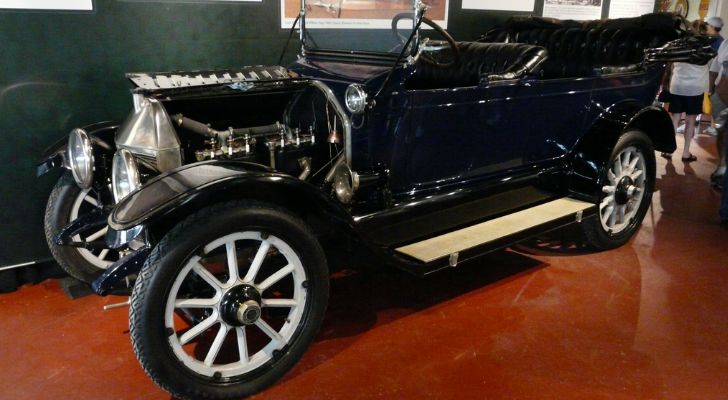
The first Chevrolet car was the Series C Classic Six, designed by Louis Chevrolet and his friend, Etienne Planche.
It was an expensive car for the masses, costing $2,250 at its release (the equivalent of around $65,000 in 2023). One reason for its high cost was the engine – it was immense.
Louis Chevrolet loved this car – it was big and stylish, but most importantly, it was powerful!
Durant wasn’t the biggest fan, though, wanting to create more affordable options for the general public.
Chevrolet’s iconic logo was introduced a year later.
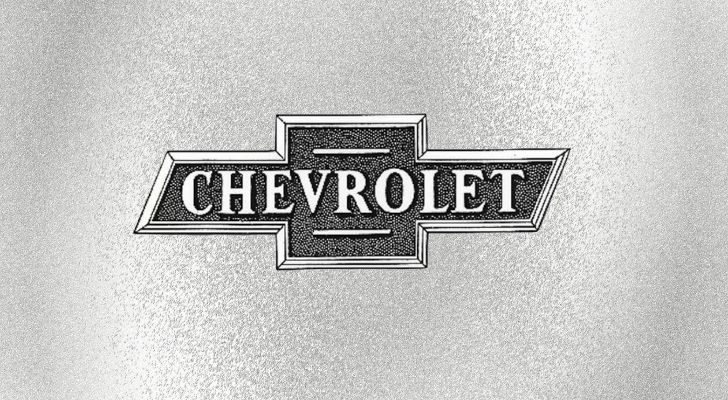
The first Chevrolet cars rolled off the production line without a logo – something Durant had in mind to change.
The first cars to feature the bowtie logo were the 1914 Chevrolet H2 Royal Mail Roadster and the H4 Baby Grand – Chevrolet’s first affordable cars.
According to an official publication in 1961, the logo was inspired by a wallpaper design from a hotel Durant stayed at in Paris.
Durant’s daughter tells another story, of Durant sketching up the Chevrolet logo between meals at the dining table.
Yet another version came many years later from Durant’s widow. According to her, he based the design on a newspaper advertisement.
Louis Chevrolet left the company in 1914.
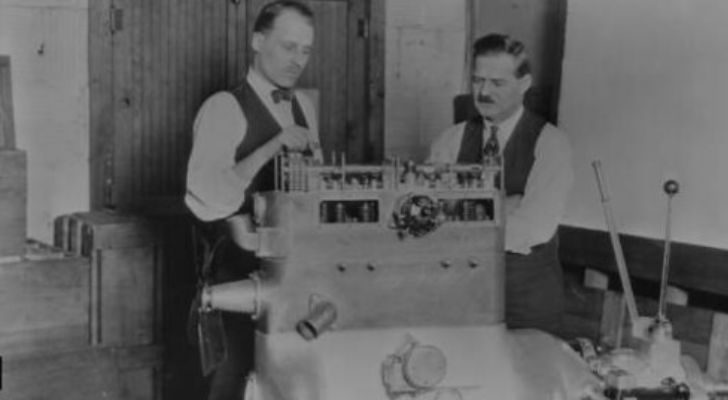
Durant wanted to sell affordable cars to the masses, while Louis preferred making high-end racing cars.
Their argument about where the company was headed made Louis leave in 1914, selling his shares to Durant and starting another company called Frontenac that built racing cars.
Sadly, neither Frontenac nor any of Louis’ subsequent forays into the automotive industry were successful. With head in hands, he returned to Chevrolet – not as a partner, but as a mechanic.
General Motors acquired Chevrolet on May 2, 1918.
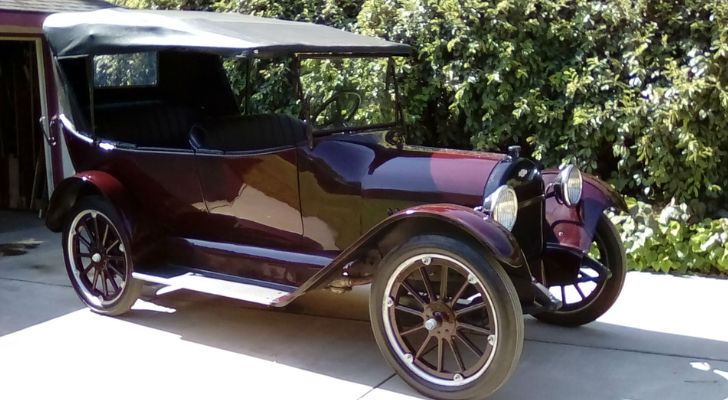
Durant’s efforts to build inexpensive cars paid off, with Chevrolet quickly rivaling larger, more established companies like Ford.
By 1916, Durant was able to start using his profits from Chevrolet to repurchase a controlling share of General Motors.
In 1918 he again controlled General Motors and quickly moved to bring Chevrolet under its banner to join their other divisions, such as Buick and Cadillac.
Chevrolet made the first SUV in 1935.
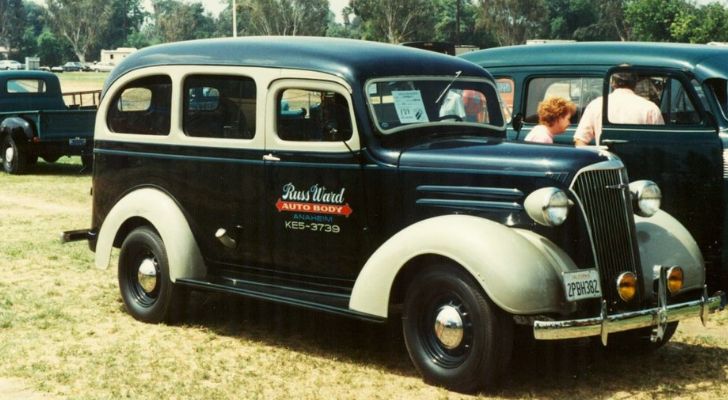
The Chevrolet Carryall Suburban was introduced in 1935, long before the term Sports Utility Vehicle (SUV) was first used.
Unlike most cars at the time, which had flimsy wooden bodies, the Suburban pioneered an all-steel construction that seated eight passengers.
It was a huge success, with General Motors releasing their own version of Chevrolet’s Suburban a few years later.
By 1963, one out of every ten cars sold in the United States was a Chevrolet.
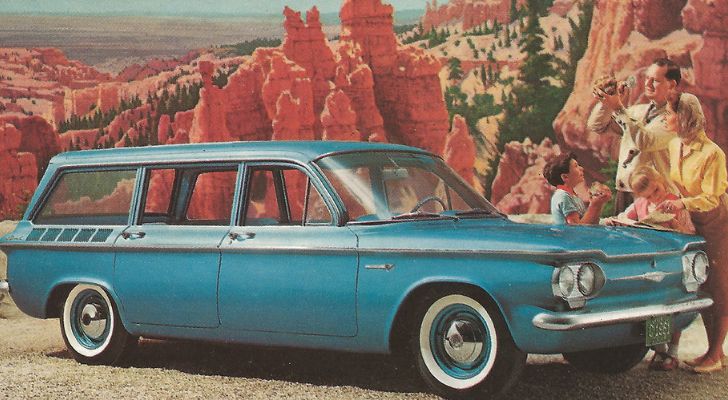
Chevrolet significantly impacted the USA’s automobile market, particularly during the 1950s and 1960s.
Some of the most iconic models were introduced during this period, such as the Corvette, the Bel Air, and the Corvair.
In the 1970s and 1980s, Chevrolet faced competition from fuel-efficient imported vehicles. The division responded by introducing models such as the Chevrolet Vega and the Chevrolet Chevette.
While the Vega was eventually discontinued, the Chevette and other models helped Chevy maintain its market share.
In recent years, Chevrolet has continued to innovate and develop new models, including the popular Traverse SUV and the Chevy small-block V8 engine, which has been in continuous production since 1955.
5 Fast Facts About Chevrolet’s Recent History
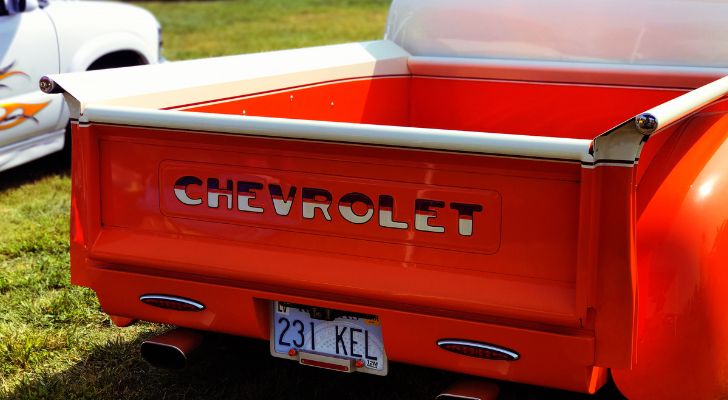
In 2002 General Motors bought Daewoo Motors for $1.2 billion.
The Chevrolet Camaro was the car used for Transformer’s Bumblebee since 2007.
Almost every car in Uzbekistan was a Chevrolet in 2011.
Chevrolet became one of the first companies to have a built-in WiFi hotspot on most of its vehicles in 2015.
The Chevrolet Bolt EV, produced in 2016, was the first affordable car to run on electricity, with a range of over 200 miles (321 km). It won multiple awards, including the 2017 Motor Trend Car of the Year and Reader’s Choice Green Car of the Year.
Chevrolet has come a long way since its founding in 1911. From producing expensive high-end racing cars to affordable options for the masses, Chevrolet’s success story is a testament to its practical approach toward car manufacturing.
Today, Chevrolet remains a significant player in the American automobile market, and their legacy continues to inspire the next generation of car manufacturers.

